Motorcycle fatalities in Maine are at a 24-year high, and some riders believe the good weather could be part of the reason.
While the dry, sunny days this summer have allowed more time on the road, state statistics show that speed played a factor in over half of the crashes, and more than two-thirds of the riders who died weren’t wearing helmets.
The high number of deaths, closing in on the worst year on record, could be in part because it has been such a great year for riding — abundant sunny days and warm temperatures, say some riding enthusiasts.
Waterville police say they have yet to decide whether charges will be brought in an Aug. 28 accident that killed a Fairfield man, the state’s 19th motorcycle fatality of the year. James Bolduc, 53, died of head injuries after he crashed into an SUV on College Avenue. The SUV had braked suddenly because another SUV had backed out of Cottage Street in front of it, police said at the time.
Waterville police said this week the accident is still under investigation, and they haven’t released the name of the driver who backed out of Cottage Street. Bolduc wasn’t wearing a helmet.
Statewide, weather might be a factor in the large number of deaths.
“Primarily, it’s the length of the riding season this year,” said Paul Blouin, owner of Paul Blouin Performance in Augusta. “We’ve actually had a very strong summertime. We haven’t had rain.”
That means more people are riding more miles than they did last year. With the exception of June, this summer has been well below normal for rain. By contrast June, July and August last year were all above normal, according to the National Weather Service in Gray.
Maine’s 28 fatalities so far, with potentially weeks of riding still ahead, is more than double the 11 from last year.
The number of fatal crashes not including motorcycles is down so far this year. There have been 76 nonmotorcycle crashes, which includes two all-terrain vehicle crashes. Last year at this time there were 81.
Statistics provided by the Department of Public Safety show that at least 19 of the people killed were not wearing helmets.
Speed was a factor in at least 18 of the fatal crashes. Alcohol was listed as a contributing factor in just one, but police say that in many cases, the required toxicology reports which would show whether alcohol was in the system, have not been received.
Speed was a factor in Coppersmith’s deadly crash, police said. He was speeding east on U.S. Route 302 when officers tried to pull him over, police said. Coppersmith crashed at the intersection of Windham Center Road and Ward Road, going airborne after hitting a median in the roadway.
He wasn’t wearing a helmet.
The National Highway Traffic Safety Administration issued prioritized recommendations for motorcycle safety in 2013 and its top one was increasing the use of proper helmets, followed by taking steps to reduce alcohol- and drug-impaired riding and ensuring all riders have access to training.
Speed, alcohol and the lack of safety equipment are regularly the cause of motorcycle crashes that result from rider behavior, Blouin said. Inattentive drivers of cars and trucks is another major cause.
Darlene Seaton, sitting on the back of her husband’s Harley-Davidson, says she doesn’t worry about his driving but does worry about everyone else.
“I trust Jay, but I worry about the cars pulling out in front of us,” she said. Jay and the Seatons, of Tuftonboro, New Hampshire, were in Maine with his cousin Dan Seaton and his wife, Jody, from western New York, with each couple riding a Harley-Davidson Electra Glide.
Dan Seaton says increased visibility is why he often wears a neon yellow T-shirt, as he did on Wednesday. His bike also incorporates a lot of lights on the front to boost his profile.
Blouin said he started wearing neon bright colors to stand out about 10 years ago. “It’s saved my life a few times,” he says, describing how some cars started to pull out and stopped – he believes – because they saw his brightly colored jacket. “Automobile drivers don’t look for motorcycles; they look for cars. If you’re not looking for motorcycles, they’re invisible to you. If it’s not two headlights, sometimes the brain doesn’t see it.”
Black leather may be stylish, but it makes a rider harder to spot.
Manufacturers have taken steps to boost motorcycle visibility. All bikes now have their headlights on all the time, and some are equipped with a headlight modulator, which Blouin said is a $100 option that makes the light pulse in a way that is more noticeable to other motorists.
Erik Payne, program administrator for Motorcycle Rider Education of Maine Inc., said motorcyclists are more at risk today from distracted drivers who are texting or checking the GPS. A momentary lapse might not be fatal to a car occupant, but can be to a motorcyclist.
Payne believes several of the fatalities may be related to drinking, which can impair judgment and slow reaction time.
“Alcohol and motorcycling don’t mix, just like they don’t mix with driving (a car) as well,” he said.
Four of this year’s fatalities were from hitting moose or deer, a risk that resonates with William Davenport, of Dixmont.
“Where I live, you have to watch out for deer, moose and other land animals that like to cross at the last minute,” he said.
Davenport was checking out motorcycles at Big Moose Harley-Davidson in Portland. He said the higher number of fatalities this year doesn’t make him less likely to ride.
“That’s out of how many thousands of motorcycle riders?” he asked rhetorically.
Payne believes there are a lot of people taking up the hobby, based on how many are taking basic road skills courses. He said it would be a good practice even for experienced drivers to take a refresher course and it’s extremely important for new riders.
“We work extensively on cornering,” he said. “We know nationally that almost 70 percent of single motorcycle crashes come from improper cornering,” he said.
Payne said one of the biggest misconception about motorcycle crashes is that they are inexperienced young people. He said the age group with the highest proportion of fatal motorcycle crashes is men ages 49 to 64.
“When they were young and started riding, they didn’t have the money to buy the bike they wanted. Now they’re baby boomers with disposable income and they buy their dream bike, but they’ve done nothing to improve their skills over the years,” Payne said. “Motorcycling is a sport. Just like any athlete, you have to keep practicing and you have to prepare for your sport.”
Payne often uses a football analogy with students.
“Athletes in a football game, they wear their protective gear for all four quarters. They don’t take it off because it’s too hot or it would be less cumbersome to run the play without it,” he said.
Blouin said an uptick in fatal crashes can diminish sales, but said many activities have some degree of risk.
“Riding is a controlled risk,” he said, but in his eyes is worth it. “It’s enjoyable. It’s something that changes your life, hopefully for the better. People are riding into their 80s and they still want to ride. As long as you take precautions and are in a controlled atmosphere, you can have a great time.”
The Morning Sentinel contributed to this report.
Send questions/comments to the editors.

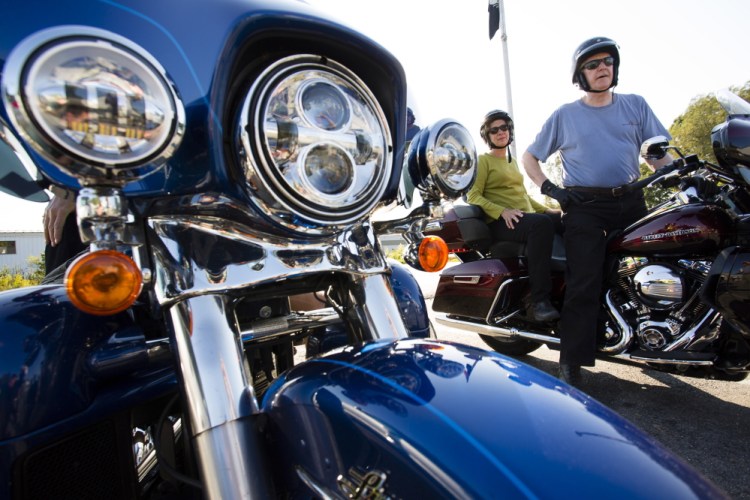
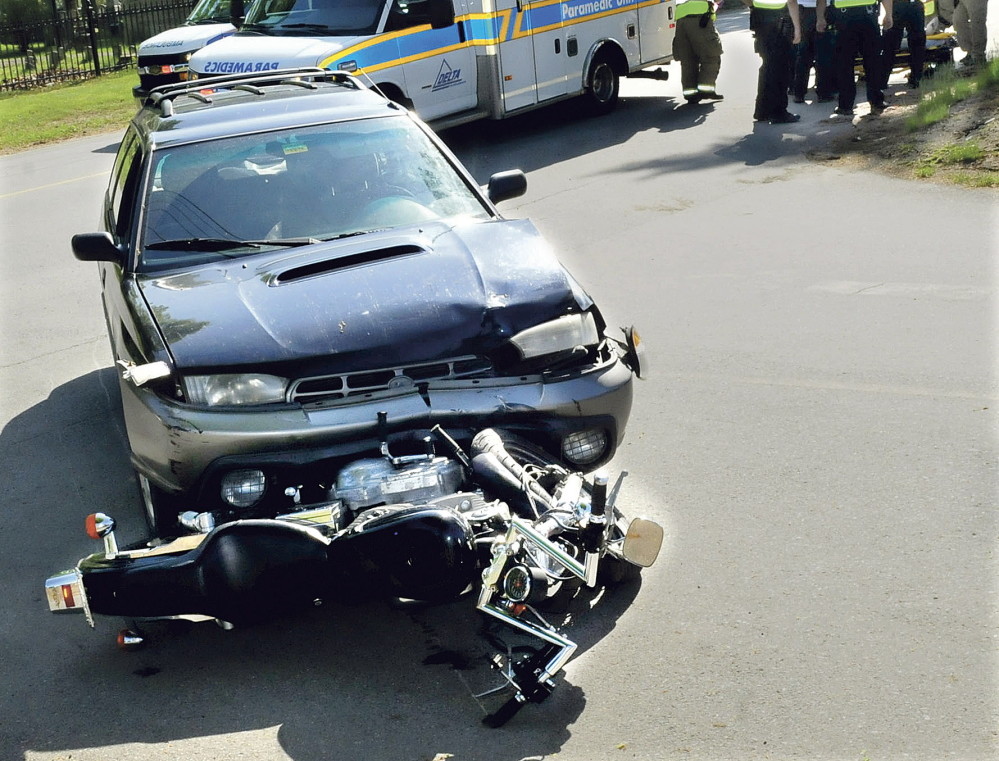
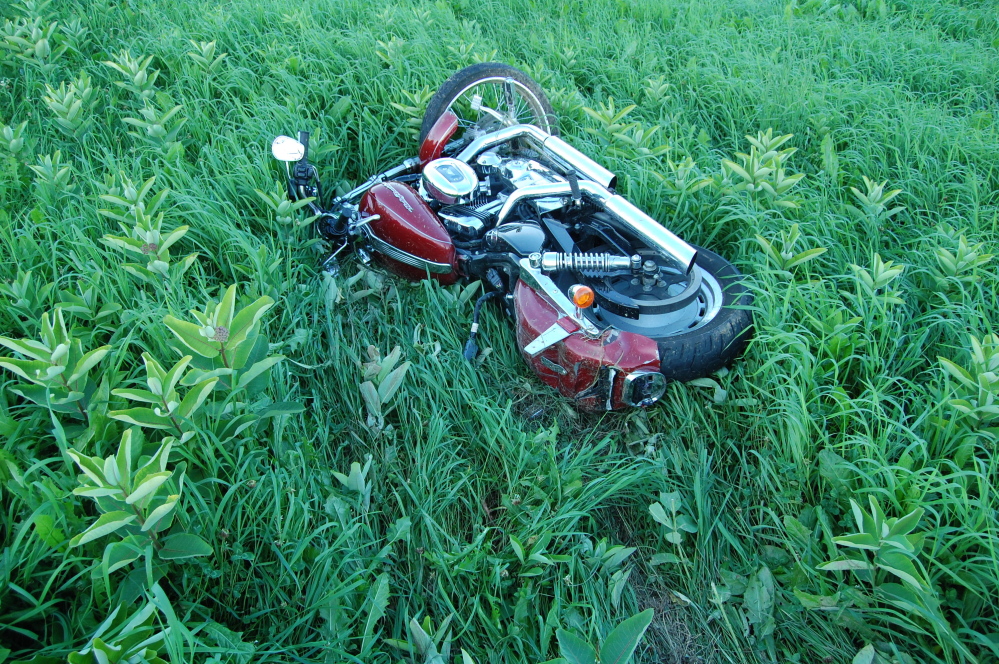
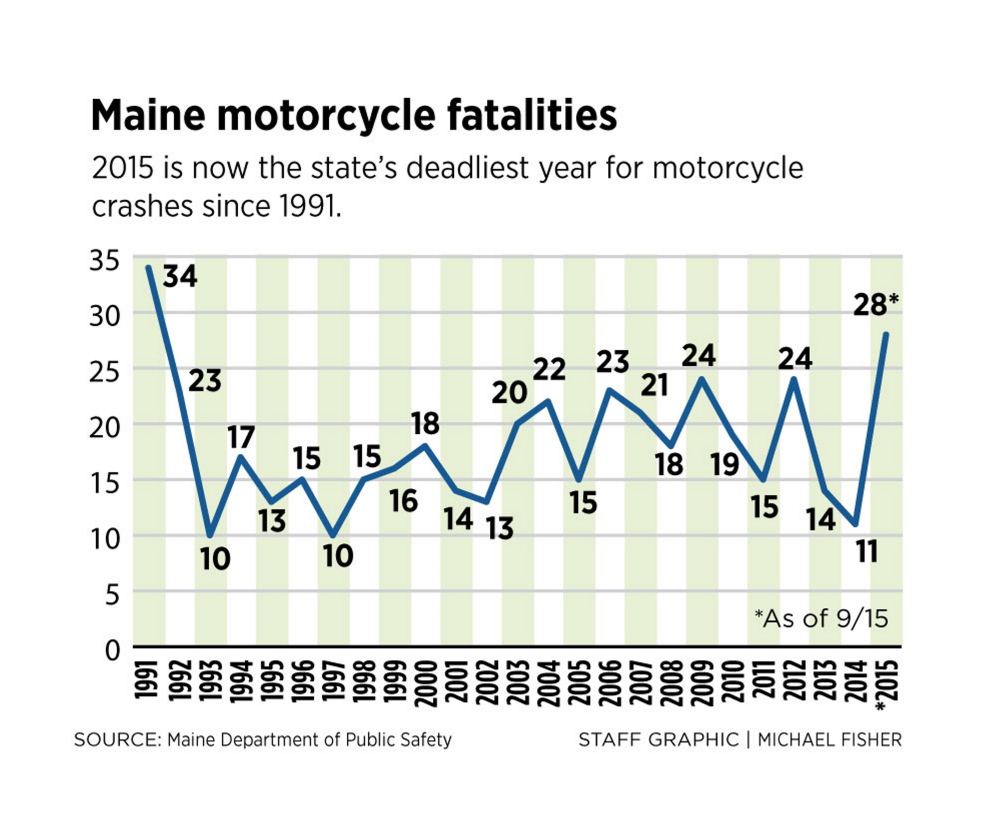
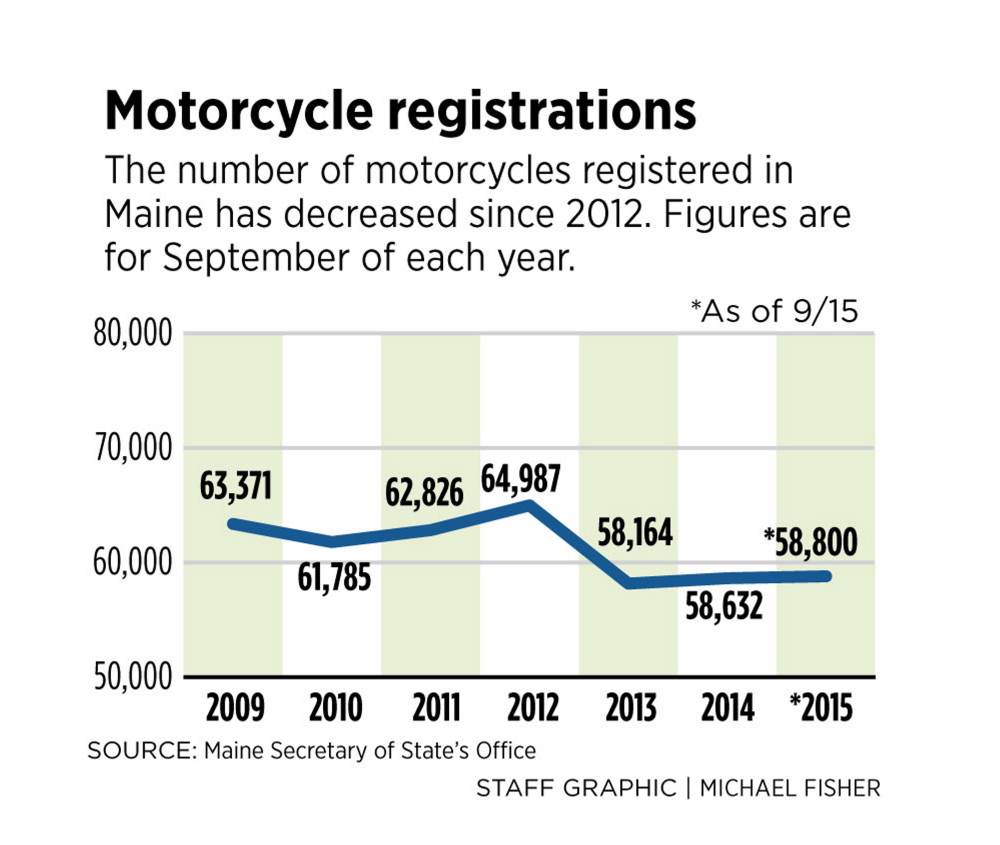

Success. Please wait for the page to reload. If the page does not reload within 5 seconds, please refresh the page.
Enter your email and password to access comments.
Hi, to comment on stories you must . This profile is in addition to your subscription and website login.
Already have a commenting profile? .
Invalid username/password.
Please check your email to confirm and complete your registration.
Only subscribers are eligible to post comments. Please subscribe or login first for digital access. Here’s why.
Use the form below to reset your password. When you've submitted your account email, we will send an email with a reset code.